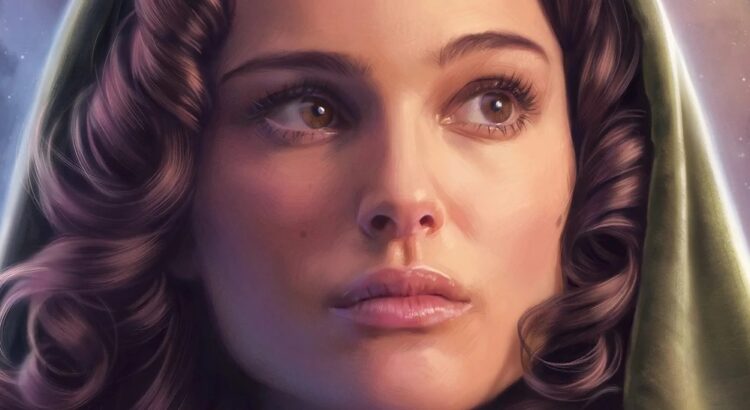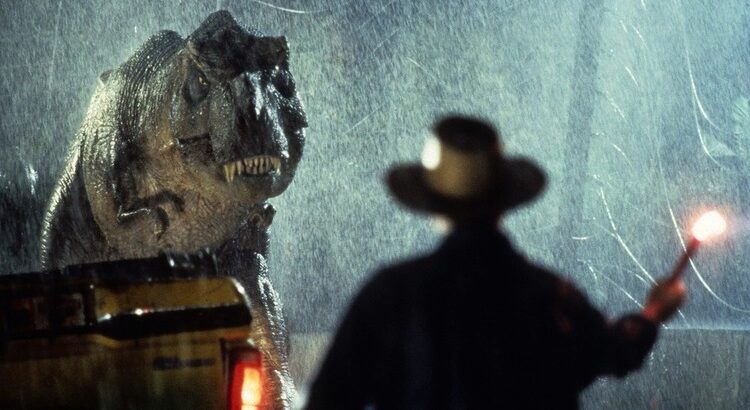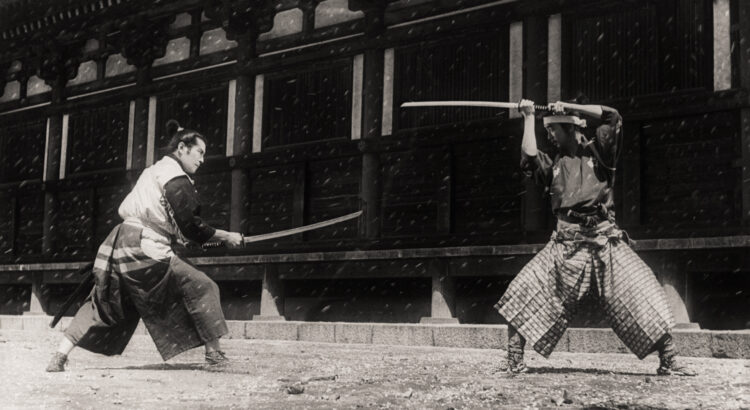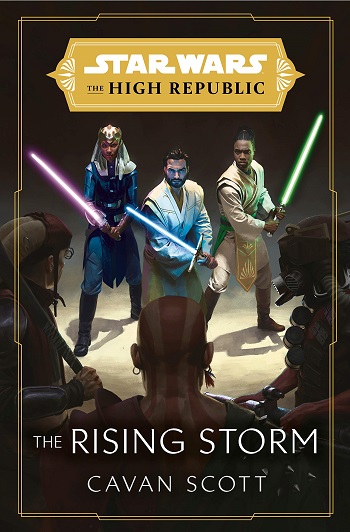The final section of this piece contains major spoilers for Queen’s Hope. There will be another warning immediately beforehand.
There’s something about Star Wars and threes. Queen’s Hope, which released yesterday, is the third young adult book about Padmé Amidala in as many years, and while I have no special reason to assume this will be the end of that particular line of stories, it feels likely, doesn’t it? If nothing else, E.K. Johnston is quickly approaching the end of Padmé’s life; having covered her transition from queen to senator and now from single to married, there isn’t much more of significance for her to write about beyond retreading the events of Revenge of the Sith—and even those the series already touched on briefly in the epilogue to Queen’s Shadow.
On top of that, there just isn’t much precedent for Star Wars doing four or five of something; even the perpetually-bestselling Thrawn books have always ended up resetting in one way or another after no more than three. While junior novel series are a common exception, you’d have to go back to Legends and the New Jedi Order for an example of adult novels telling a single linear narrative across more than three books—even the High Republic has broken its meta-arc, so far at least, into “phases” of three books per format.
On the other hand, “young adult” novels as they’re currently understood don’t have a lot of precedent in Star Wars to begin with. While they tend to be smaller in scope and more limited in their perspective than Del Rey’s novels, the modern Star Wars young adult line has displayed a range of quality and, er, maturity in its writing equal to and sometimes even surpassing Del Rey’s.
I’m hopeful, though, that the line can embrace its position “between” the adult and junior novels in one respect: by embracing the junior novels’ willingness to go long. It’s hard to say authoritatively how well the Queen’s books are selling compared to anything else, but given how quickly we got the first two follow-ups (even with a six-month delay this time around) it certainly seems like they’ve found an audience. And if it were up to me, E.K. Johnston would keep going for the foreseeable future—even if that means leaving Padmé behind.
Read More




